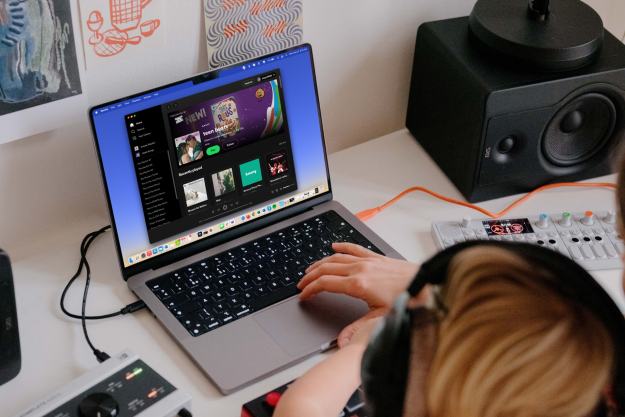Years ago, Apple CEO Steve Jobs promised to do away with cathode ray tube (CRT) displays across Apple’s product line in favor of flat screen LCDS…and the company succeeded for a few months when it rolled out its first flat-screen iMacs in 2002. But then came the eMac, a CRT-based all-in-one unit aimed specifically for the education market where economic realities didn’t make flat-screen systems practical.
Since then, LCD sizes have increased and costs have dropped, and today Apple phased out the eMac in favor of a flat-panel iMac aimed at the education market, featuring with a 17-inch screen, a 1.83 GHz Core Duo processor, and price tags starting at $899.
Aside from the display and processor, the base education iMac configuration offers a 24x DVD/CD Combo drive, 512 MB of RAM (expandable to 2 GB), and hard drives up to 160 GB. Also on board: a built-in iSight video camera, gigabit Ethernet, 802.11g Wi-Fi (AirPort Extreme, in Apple parlance), built-in Intel GMA 950 graphics, mini-DVI output, built-in mic and stereo speakers, five USB ports (two USB 1.1, three USB 2.0) and two FireWire 400 (IEEE 1394) ports. The systems also ship with Apple’s iLife ’06 application bundle (which includes lifestyle applications iDVD, iMovie, iPhoto, iTunes, iWeb, and GarageBand) along with iChat AV instant messaging/conferencing software, Front Row media management software, and Photo Booth. Natch, the system runs Mac OS X 10.4 “Tiger.”
Teh new systems are available immediately to education customers through Apple’s online education store (sorry, the general public doesn’t qualify for education pricing). And if your school is desperate for those CRT-based eMacs…Apple isn’t making them anymore, but they’re still available while supplies last.
Editors' Recommendations
- The 6 key things Apple must fix in the next version of macOS
- Best Apple deals: Save on AirPods, Apple Watch, iPad, MacBook
- The 5 best iMac alternatives in 2024
- How to contact Apple support for help with your Mac, iPhone, and more
- Apple quietly backtracks on the MacBook Air’s biggest issue


